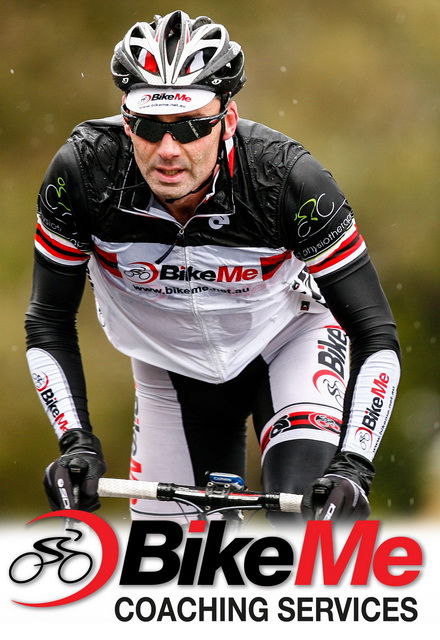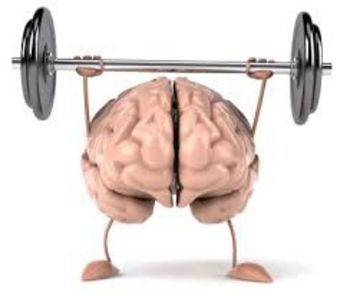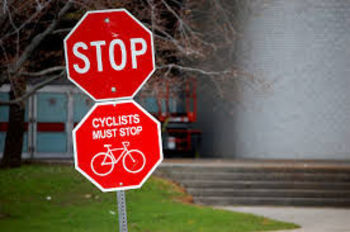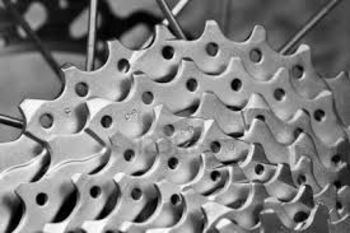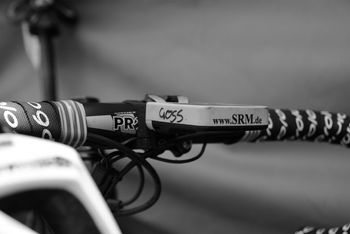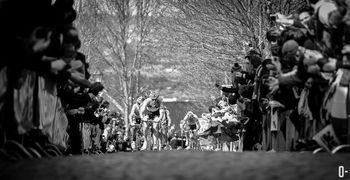Training Tips
Tips and things to remember when training with POWER.
| Input & Outputs | - Only POWER and speed are directly related to performance. Heart rate and RPE tell us nothing about performance, they simple tell us what the athlete is experiencing.
- POWER and speed are measureable outputs. They tell us what is being achieved during a ride. Heart rate and RPE are inputs.
|
| What actually is POWER? | - POWER is (P=F x V) Power=Force x Velocity. So to go quicker you need to increase force and velocity. This is achieved by using a higher gear but still having a high RPM.
- So pedaling in a high gear with a very low rpm is not only a poor way to produce POWER but it is quite inefficient.
|
| So what is Normalized POWER? | - Normalized POWER is an expression of average POWER adjusted to take into account the range of variability during a ride more closely reflected to the effort of a ride than what average POWER is.
- The formula for normalized POWER is to divide the athlete’s power by their weight.
E.g. A rider weighs 80kgs with a average POWER for a ride is 210 watts. 210 watts / 80kgs = 2.62 watts per kilo. Compare this to a lighter rider of 65kgs with a average POWER of 175 watts = 2.69 watts per kilo. So a lighter athlete with a lower average POWER, would still out ride someone with a higher NP on a climb. - So in short Normalized POWER is telling you what the workout actually felt like to you.
|
| Why should I focus on POWER and not my Heart Rate? | - Over time during your workout, your Heart rate will increase because you’re working harder and you can’t do too much about that at the time because you’re riding at your ability. As you get fitter, you’ll be able to perform the same session with a reduced Heart rate.
- Over time during your workout, your POWER will decrease due to fatigue. Again you can’t do anything about this at the time. Constant training and working in the right zones will increase your ability to work in the same zones for longer periods and not become as fatigued.
- When you’re doing a workout, your Heart rate can have up to a 2 minute delay before it really reflects what you’re doing. So think of it as an old Bruce Lee movie where your Heart rate is actually Bruce’s voice and your actions are his. Bruce’s voice is always delayed. So if you think about the last time you did a short fast burst up a climb. You looked at your Heart rate and it said 85% when you neared the top, then you got over it and stopped and a little while later your Heart rate read 95%.
- POWER has no delays, it shows you what you’re doing at the time with no delay. I like to say that POWER never lies, you can’t cheat it or hide it.
|
| How do I work out my FTP (Functional Threshold POWER?) | - There are really a few ways to do this. One is to go over your old files and select your best 20 minute effort and then subtract 5% and that’s a starting point for your FTP.
- Another option is to find a stretch of road that you can warm up for 10 minutes on and then put in a solid 20 minute session with stopping. This is ok but you need to be able to replicate it again for comparisons testing later on. To get the same environmental factors all perfect is near impossible.
- The best way to do it and to ensure you can replicate time and time again is to do it on an indoor trainer. It’s harder but it’s manageable and repeatable.
To work out your actual score, you need to pick the 20 minute session and then minus 5%. Minus the 5% is required because no one can hold there FTP for an hour. |
| What POWER zones should I work in? | - Zone 1 = Active Recovery <55% of="" ftp="" very="" easy="" li="">
- Zone 2 = Aerobic Endurance 56-75% Easy to Steady
- Zone 3 = Tempo 76-90% Steady to Somewhat Hard
- Zone 4 = Lactate Threshold 91-105% Somewhat Hard to Hard
- Zone 5 = VO2 Max 106-120% Hard to Very Hard
- Zone 6 = Anaerobic Capacity 121-150% Very Hard to Very Very Hard
- Zone 7 – Sprint Power >150% Extremely Hard
|


